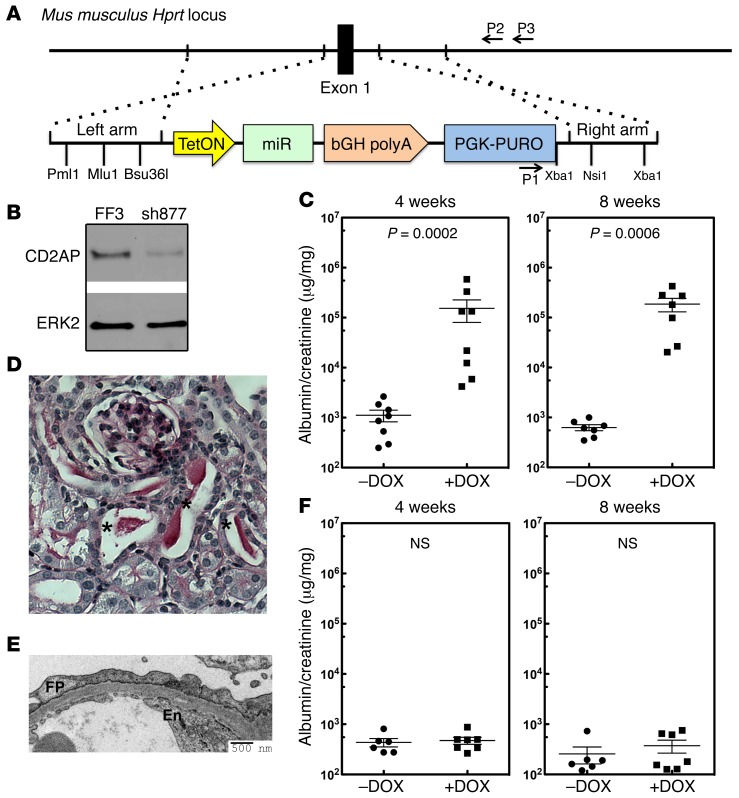Figure 3. Validation of the system using CD2AP knockdown.
(A) Targeting strategy used to integrate a miR30-shRNA transgene into the Hprt1 locus. (B) Knockdown efficiency of a miR30-shRNA for Cd2ap (sh877). Immunoblot shows endogenous CD2AP in NIH3T3 cells stably transduced with FF3 (control shRNA) or sh877. The validation of sh877 is shown in Supplemental Figure 2A. Panel B represents multiple experiments (n = 3) conducted to test the efficiency of the RNAi. (C) Sixteen mice generated with ES cells with the Cd2ap shRNA that was targeted to the Hprt1 locus were treated with or without DOX, and urine was analyzed by measuring the urine albumin/creatinine ratio at 4 and 8 weeks. (D) Histology from a representative Cd2ap RNAi mouse treated with DOX showing protein casts (indicated with asterisks; n >5). (E) Representative electron microscopic image from a Cd2ap RNAi mouse treated with DOX shows podocyte foot process (FP) effacement. En, endothelial cells (n = 9). (F) Thirteen control mice were generated with a control luciferase RNAi targeted to the Hgprt locus. Mice were treated with (n = 6) or without (n = 7) DOX, and urine was analyzed by measuring the albumin/creatinine ratio at 4 and 8 weeks. A 2-tailed Mann-Whitney U test was used to calculate the P values in C and F. A P value of less than 0.05 was considered statistically significant.

